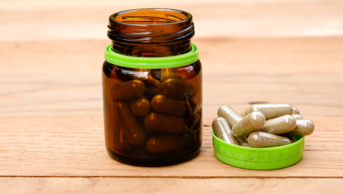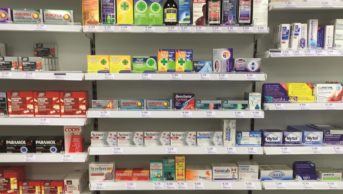
Shutterstock.com
Some 41.5% of US adults who drink alcohol report taking medicines known to interact with alcohol, according to research published in Alcoholism: Clinical and Experimental Research
[1]
. The percentage increased to 77.8% in drinkers aged over 65 years.
The most commonly used alcohol-interacting medicines were drugs used to treat cardiovascular diseases, which were used by 23.8% of current drinkers. The next most common were drugs that act on the central nervous system (14.6%), such as painkillers and sedatives, and metabolic agents (14.2%), such as those used to treat diabetes and high cholesterol. Antidepressants were used by 8.8% of current drinkers.
When the researchers, led by Rosalind Breslow, an epidemiologist at the National Institute on Alcohol Abuse and Alcoholism, considered those patients who drank alcohol five to seven days a week, they discovered that 38.2% of them took medicines that interact with alcohol.
“Our results highlight the need for physicians to discuss with patients, particularly those who are elderly, the potential risks of combining alcohol with alcohol-interactive prescription medications,” write the researchers.
They acknowledge that the study could not accurately report the habits of alcohol drinkers and whether they were taking interacting medicines simultaneously. “Given the potential for negative interactions between alcohol and medications, it is critical to understand in greater detail the relationships between alcohol consumption and alcohol-interactive medication,” the researchers conclude.
The study was based on an analysis of data from 26,657 adults aged over 20 years who had taken part in the National Health and Nutrition Examination Survey (1999–2010).


